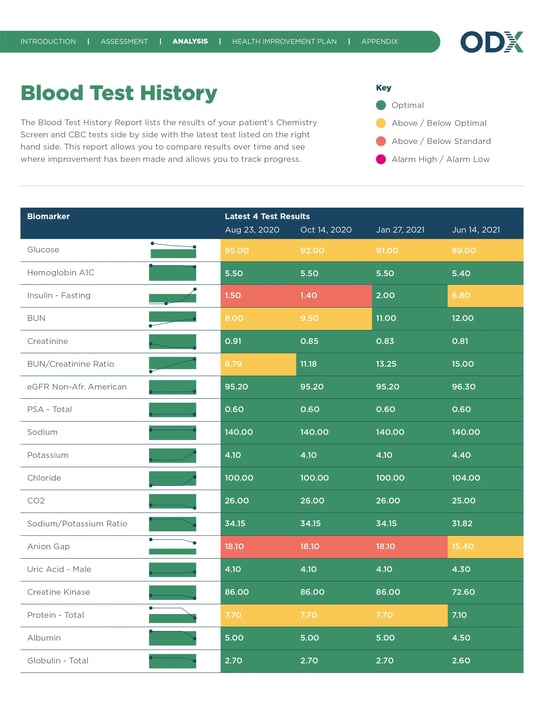In today’s post, I am going to specifically talk about why we practitioners need to stay focused on the big picture and how our new software has been designed to help you do just that.
To begin with, we all know that continuity of care is a vital part of the Functional Medicine process. Ideally, we develop a relationship with our patients that allow us to work with them over a long period of time. Having just 1 appointment is not going to solve anything.
As we work with our patients over time we are continually paying attention to changes.
Now, the problem for most of us is that once the change occurs we quickly forget what life was like before the change. Additionally, with complicated cases, there may be too many variables to track, making it hard to see change when it happens. This can be extremely frustrating – and time-consuming!.
Not having the tools to track change makes it even more difficult for us to visualize and stay focused on the big picture. Not having tools to observe change can make it difficult for us to tweak protocols or to recommend a course correction when it’s needed.
What we have done with the blood chemistry analysis software is to not only provide you fast and accurate real-time reviews of a patient's current blood test but we have also created a historical overview that will make it easy to spot improvements and changes for the worse over time.
The historical overview helps you identify changes in your patients that would otherwise have required extremely detailed observation and note-taking and most likely would have gone unnoticed.
I used to put all my patient’s blood values into an excel spreadsheet that acted as my historical record keeper. The time to do that? About 6 minutes/blood test! At my peak, I was doing about 30 tests/week so the time cost was over 3 hours/week, probably more because I wasn’t doing it all at once!
Imagine you diagnose your patient with iron deficiency anemia. You begin to administer a protocol that includes a good easily absorbed iron supplement and like a good FM practitioner you retest on a regular basis. Each time you re-test you are able to view changes in the patient’s blood results side by side.
Now, let’s say that over time the values associated with iron deficiency anemia don’t change quickly enough. It’s time to broaden your diagnostic net to see what else is going on. You remember in the back of your mind a lecture Dr. Weatherby gave about all the reasons a patient may be iron deficient: lack of iron in the diet, poor digestion, and absorption of available or supplemental iron, increased use of iron in the body from say a bacterial infection or pregnancy, or increased loss of iron from a mild internal bleed or heavy menstrual cycles.
You go back to the historical overview and sure enough, you notice that a mild pattern of GI dysfunction with a possible hypochlorhydria has always been there. You do some further evaluation and decide to implement a protocol to aid stomach digestion and low and behold on the next blood test those markers for iron deficiency anemia are starting to shift. The patient is feeling better, has more energy, and thinks you’re a miracle worker.
The chances are that without a historical overview you might not have had an opportunity to discover this. In my opinion, just having this clinical tool at our disposal will make a big difference in how we use FBCA in our practices.
If you're interested in what the ODX Historical Report Looks like. Here it is:

Would you like to have access to a tool like this? CLICK HERE to view all of the ODX Reports